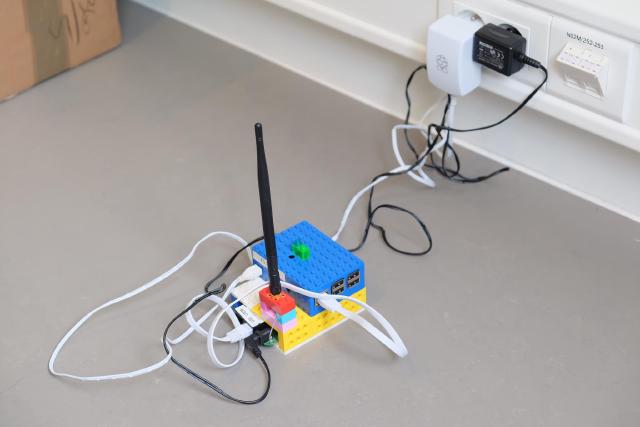Networks of One's Own Issue 1
I was invited by Constant VZW to help document the “etherbox” and its legacy of shared experimental network and publishing practices.
This resulted in both a Raspberry Pi image for Etherbox and a manual for that image (included in the image) which not only talks about the how but also the whys, whos, whens and wheres of etherbox and interrelated practices.
You can read “Networks Of One’s Own” here: https://networksofonesown.constantvzw.org/etherbox/manual.html
https://www.books.constantvzw.org/home/etherbox

From the Manual:
Etherbox is a constellation of collective tools and practices that developed in and around Constant. Etherbox responds to practical issues when collaborating in physical spaces with digital tools. In parallel, it became a platform to reflect on network technologies, on how to document artistic processes and on processes of collaboration.
On a practical level, etherbox was a response to several frustrations: the fragility of online resources, the fact that the labour necessary to maintain resources online after a collective session was often overlooked or simply assumed to continue indefinitely, the limitations of Internet bandwidth when working with many people using etherpad-lite. The goal of the project was thus to present an infrastructure that is both visible and situated. Since it’s early beginnings in 2013, many groups have enjoyed the pleasure of writing and documenting together, questioning infrastructure set-ups or simply sharing files effortlessly. Through these multiple experiences, Etherbox has grown up to facilitate discussions and collaborative practices independent from Constant collaborators. Now it is ready to transmutate into other networked imaginations.
As part of its programme, Constant regularly organises situations in which artists, activists, programmers, academics, designers and other researchers collaborate, exchange and reflect. Participants are invited to appropriate physical spaces for the time of the meeting: they share tables, couches, a library, the kitchen and its utensils, the basement or the closet. Etherbox extends this hospitality into digital space. It is the installation of a temporary local platform that foregrounds the sociality of DIWO6 infrastructures over the services of often commercially owned spaces in global networks.
While existing local network or server tools make users choose between local or global networking, people using Etherbox can still be connected to the internet. Sharing documents over Etherbox means that they don’t travel via the far-away data-center servers of corporations, but remain in a network-setup that is visibly and physically accessible to everyone. Likewise the Terms of Service are negotiated locally, between people often in the same room. They become specific conditions for the use and potential afterlives of the collected material, rather than being thrown together by company lawyers on another continent.
This publication includes manuals for basic usage, a conversation that tries to locate this Etherbox release within interconnected histories, recipes distilled from diverse experiences and a generous collection of appendices. The publication temporarily wraps up the ever-evolving development of the toolset, so that it can be installed by any software-curious group that can get their hands on a Raspberry Pi and knows where to find an ethernet cable.